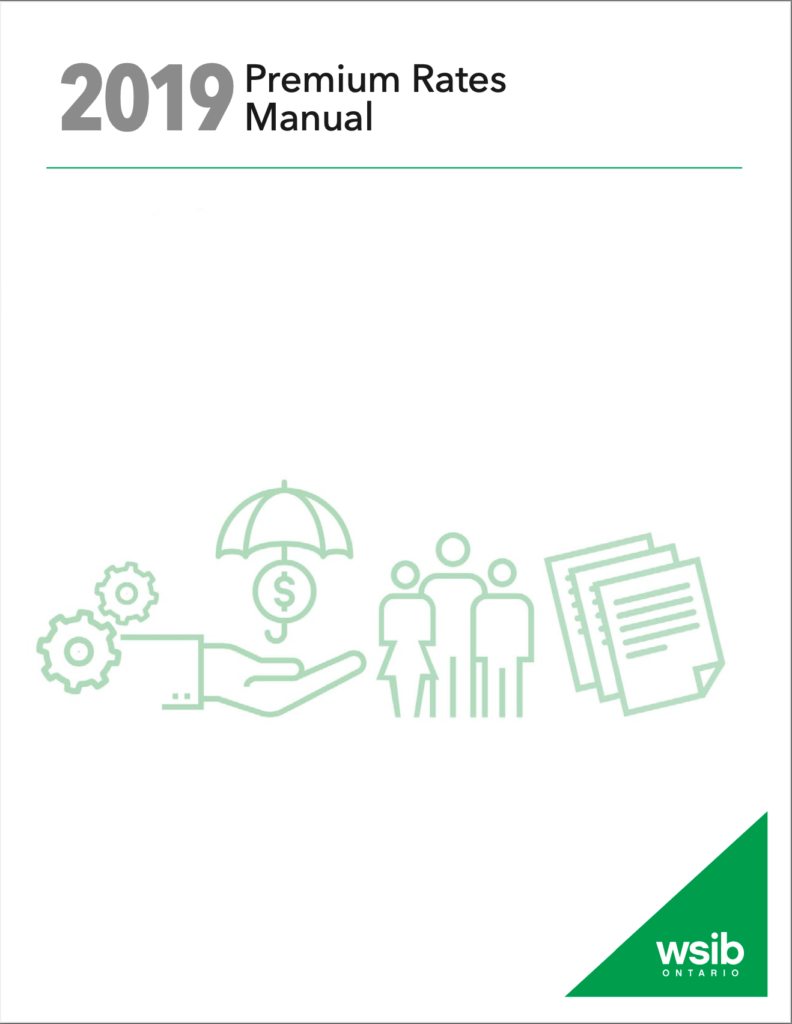
The Three Biggest WSIB Changes and how it Impacts your Business
The Workplace Safety and Insurance Board (WSIB) is one of the largest compensation boards in North America. It covers over 5 million people in more than 300,000 workplaces in Ontario and works “at arm’s length” from the Ontario Ministry of Labour.
Businesses in Ontario fall into two schedules in regard to the Workplace Safety and Insurance Act;
Schedule 1
Primarily private companies that are required to pay premiums on a monthly, quarterly or annual basis based on a calculation of employee salaries and the work that they do (rate group)
Schedule 2
Primarily public companies such as municipalities or crown corporations.
WSIB is entirely funded by employer premiums, administration fees and investment revenue and they pay out lost wages to employees who have been involved in a workplace accident.
According to the WSIB website:
“Employers registered with the WSIB pay monthly premiums as they would any other insurance policy. For employers, these premiums go towards protecting you in the event a worker suffers an injury in a workplace accident. This collective liability insurance gives employers peace of mind knowing they’re generally protected from being sued by an injured worker.”
WSIB.ca
Because of the nature of what health and safety professionals do, familiarity with WSIB is naturally a high priority.
The point of this guide is to bring together the biggest changes to the WSIB program and how it impacts your business or the business you work for.
Also, it can act as a resource that you can share with your team.
How WSIB Used to Work
Up until the end of 2020, merit-based programs through WSIB were used to adjust costs for poor safety performance.
At a very basic level, your premiums were calculated by multiplying gross insurable earnings by your premium rate and dividing by 100.
The 2019 WSIB Premium Rates Manual explains further:
“For the purpose of charging premiums on an equitable basis, businesses are classified into rate groups. Classification divides business activities into nine broad classes, which are further subdivided into 155 rate groups based on similarity of business activity and relative risk. Each rate group has a different premium rate, intended to reflect the inherent average risk of the specific business activities of the industries insured within that group.”
2019 WSIB Premium Rates Manual

Each class and rate group had an amount for New Claims Cost (projected future cost of injuries and illness in the upcoming year) and Past Claims Cost (intended to cover WSIB’s Unfunded Liability).
Under this framework, there was a four year period in which claims could affect whether or not you received a rebate or a surcharge and costs from a multi-year claim would be charged to the year of the accident regardless of whether or not you were still paying the claim. This becomes important as I will explain later on.
If your Loss of Earnings (LOE) payments exceeded those premiums, you would have to pay a surcharge. If they were below them, you would receive a rebate, very similar to the way employees pay income taxes.
New System Overview – A Four Year Transition to the Rate Framework
Under the new WSIB rate framework, they are eliminating surcharges and rebates in favour of an approach that is much closer to what you would see with car insurance. Premiums are now being calculated based on a two-step model.
According to WSIB:
“Step 1 involves setting a class premium rate based on each class’ share of responsibility for the costs generated to maintain the insurance fund. Step 2 involves setting a risk adjusted premium rate for each employer based, in part, on how their risk and claims experience compares with the collective experience of their class. The premium rate is expressed as a dollar amount per $100 of insurable earnings.”
Employer Level Premium Rate Setting

Rate groups start at “level par” and good safety performance will result in a decrease in premiums and poor performance will result in an increase.
As mentioned, this is being implemented in a four-year transition phase at which point full implementation will be rolled out in 2024. Subsequently, your companies permanent starting point will be which risk band you land in for 2024. Premium rates are assigned at each risk band within your class at approximately 5% increments.
Risk Bands
The safety performance of your company over the next three years will go a long way in determining your overhead costs for WSIB for the foreseeable future. Making sure you are up to date on your safety inspections and have upgraded ergonomic processes that reduce the risk of workplace injury and possible WSIB claims that can impact which risk band you fall under carries a huge incentive.
- 2022 – can move up 1 risk band (≈ +5%), no limit to downward movement
- 2023 – can move 2 risk bands up (≈ +10%), no limit to downward movement
- 2024 – movement is limited to 3 risk bands (≈ +15%) up or down
Also keep in mind that movement upward in risk bands is not only much less difficult to do but it is also cumulative. Once fully implemented, companies can move as much as +/- 17% from their risk band. And it takes six years of good safety performance to offset one bad year.
How Premium Rates are Applied
As mentioned before, rates are now being calculated based on a two-step system that accounts for your class and your employer adjusted risk profile.
There are two other changes that have been introduced which could potentially impact your premiums include;

There is now a six year (formerly four years) period that affects your premiums. For 2021, claims from 2014-2019 will be factored in and weighted at 33% for 2014-16 and 66% for 2017-19. WSIB uses data from a full year, there will always be a one year gap between your premiums and the 6 year window used to calculate those premiums, i.e. 2021 premiums are calculated in 2020, so the 6 year window is 2014-2019.
This means that a large claim in the current year can affect your premiums for up to 11 years – 6 years on your safety record, then another 5 years of exemplary safety performance to bring your premiums back down to the pre-claim risk band.
Once an accident year falls outside the 6 year window for premium calculation, it no longer adds costs, even if WSIB continues to pay out Loss of Earnings payments. Using a 2015 claim as an example:
- It draws cost into 2021
- The costs from 2015-2020 affect your premium rate calculations
- Any costs from 2021 onward do not affect your premium rate calculations
Action steps for Health and Safety Professionals

Like anything, being informed is your number one priority. Knowing what you are dealing with will allow you to plan accordingly.
Make sure your equipment is up to date on its inspections and repairs. Putting these things off with a wait and see approach could potentially result in a significant impact on your premiums, not to mention the resulting emotional impact.
Make sure you have proper documentation easily accessible in the event of a visit from a Ministry of Labour inspector.
And finally, educate yourself – information sessions, articles like this one, webinars, the WSIB Operational Policy Manual or even outsourcing to a potential partner who specializes in safety (like the Liftsafe Group of Companies) can provide peace of mind where uncertainty may exist.

